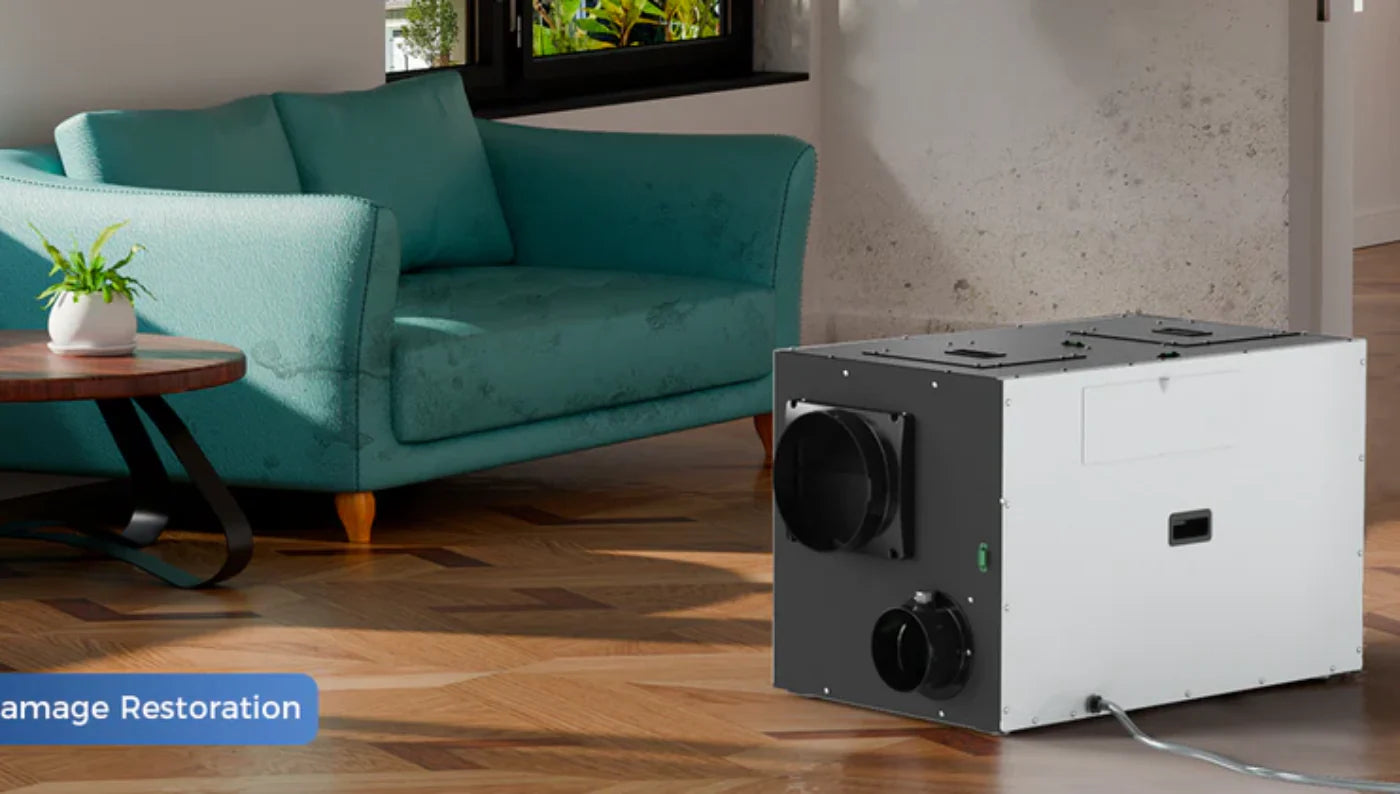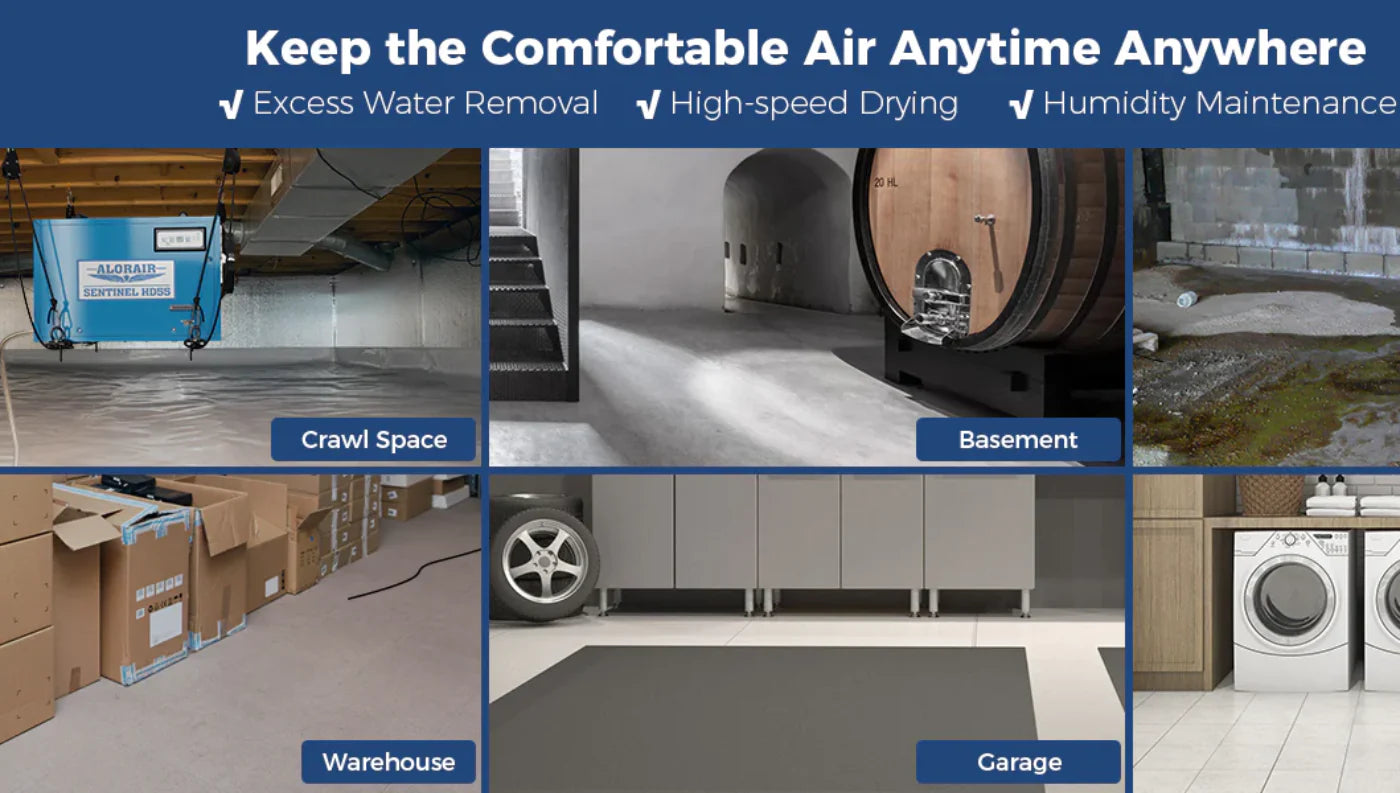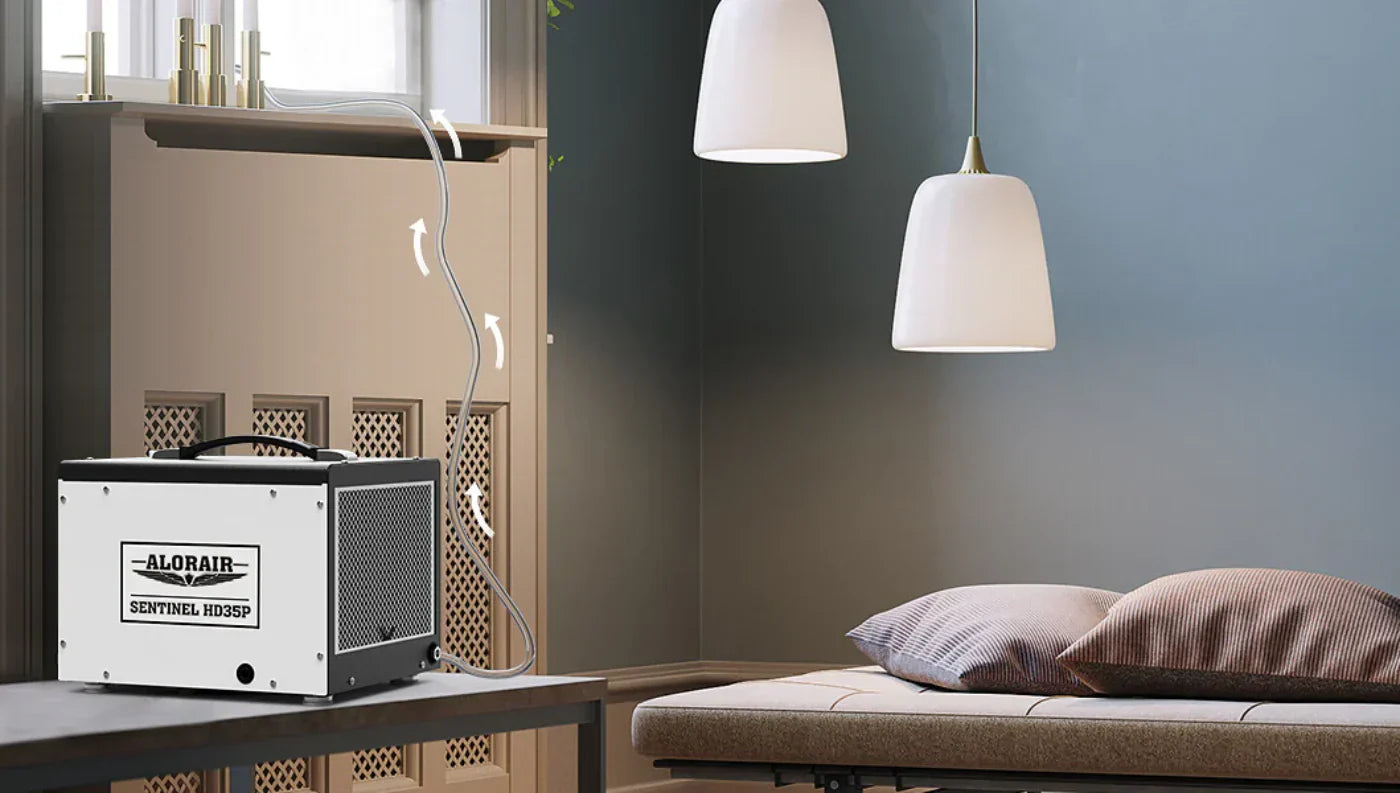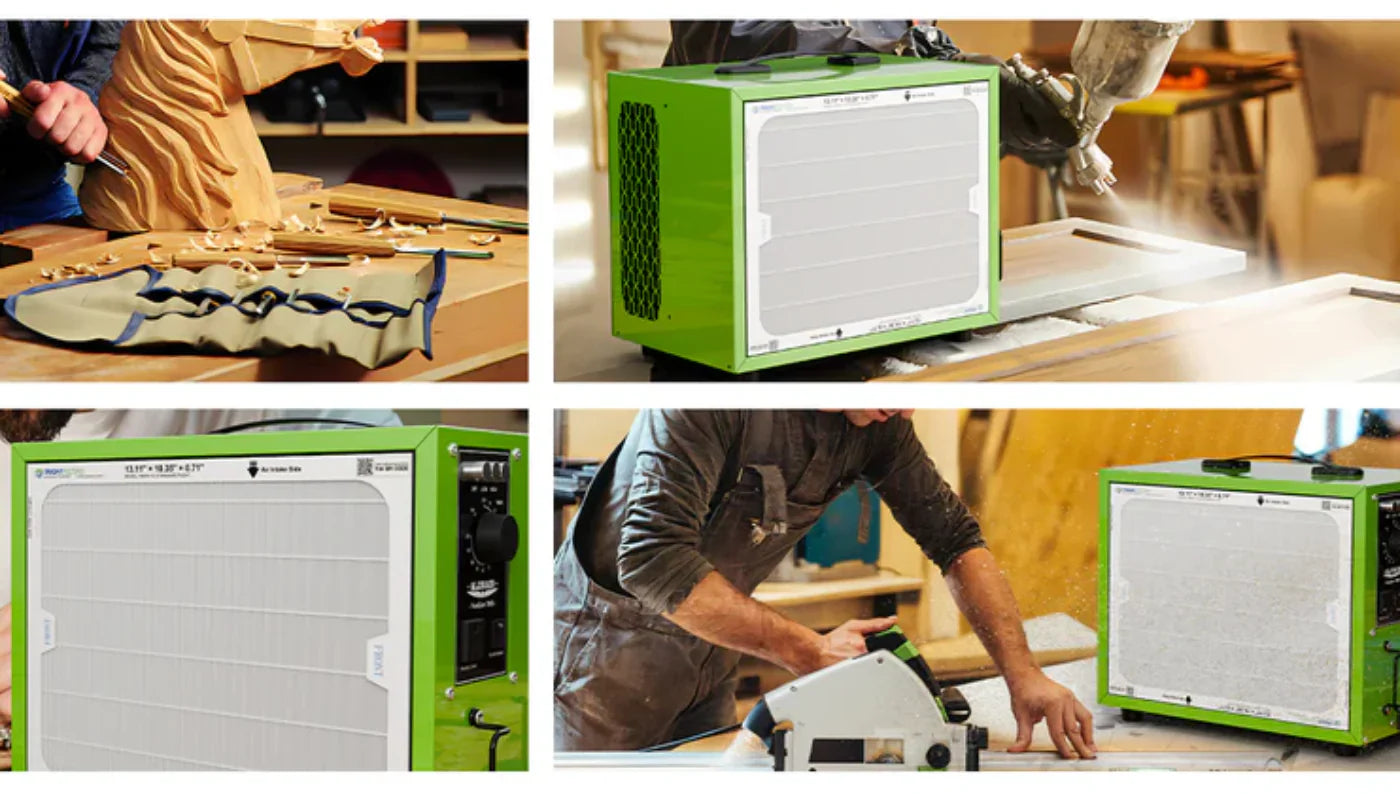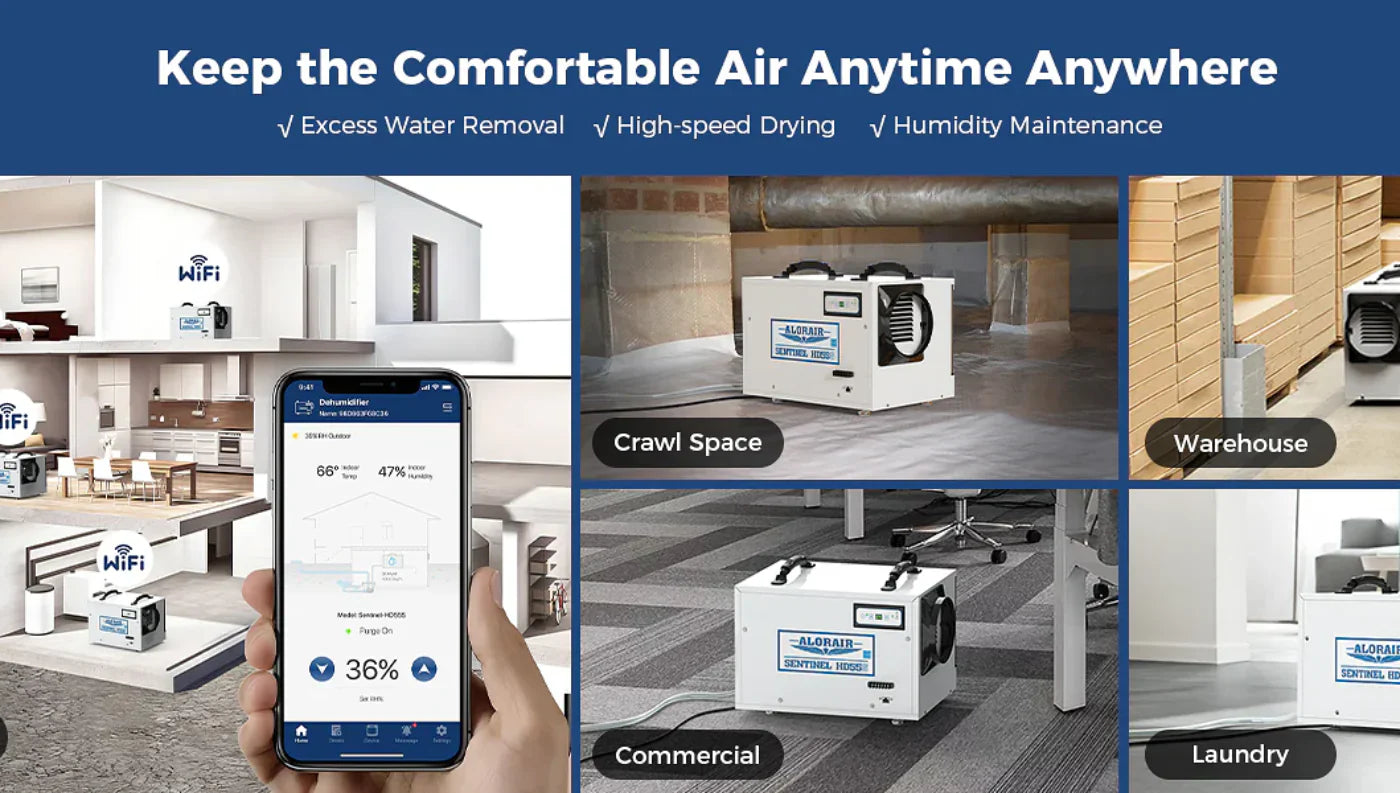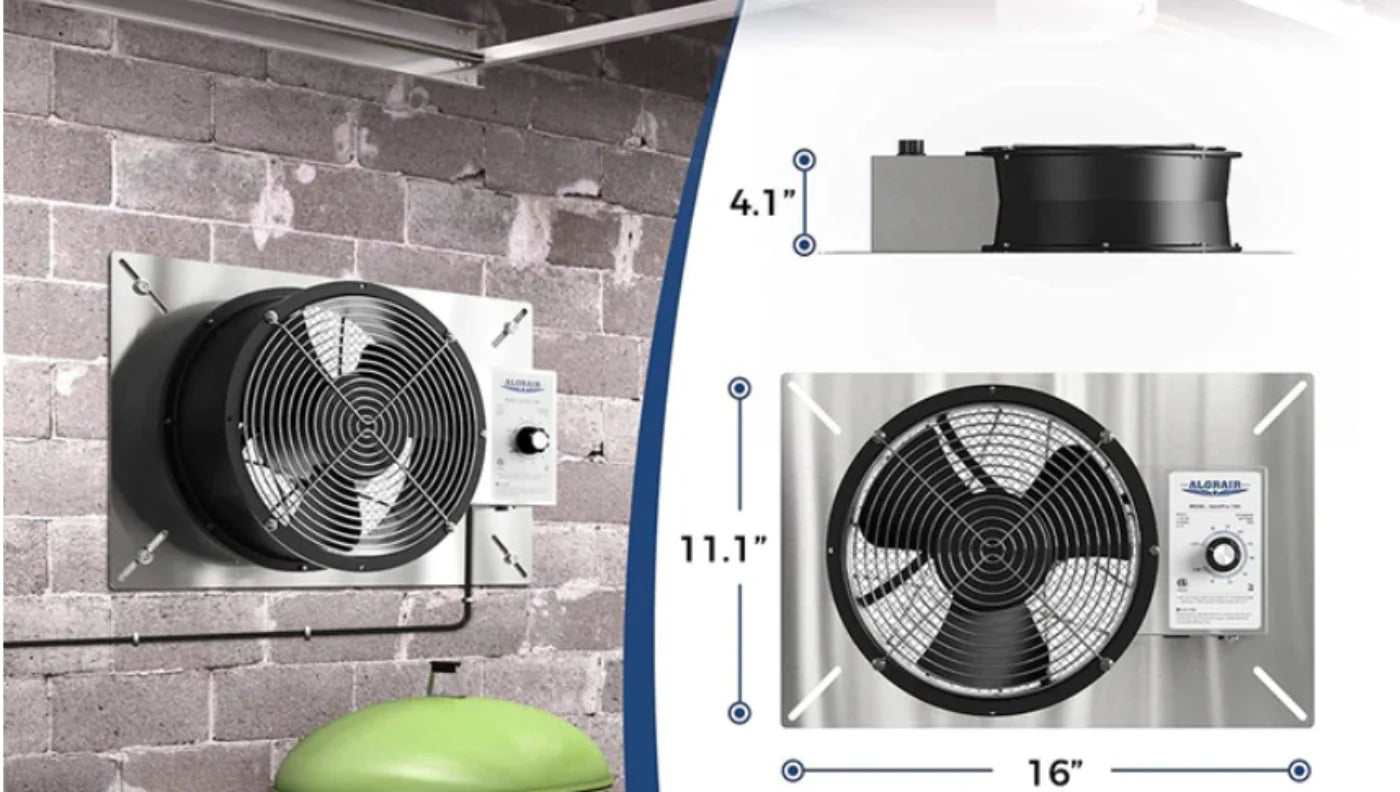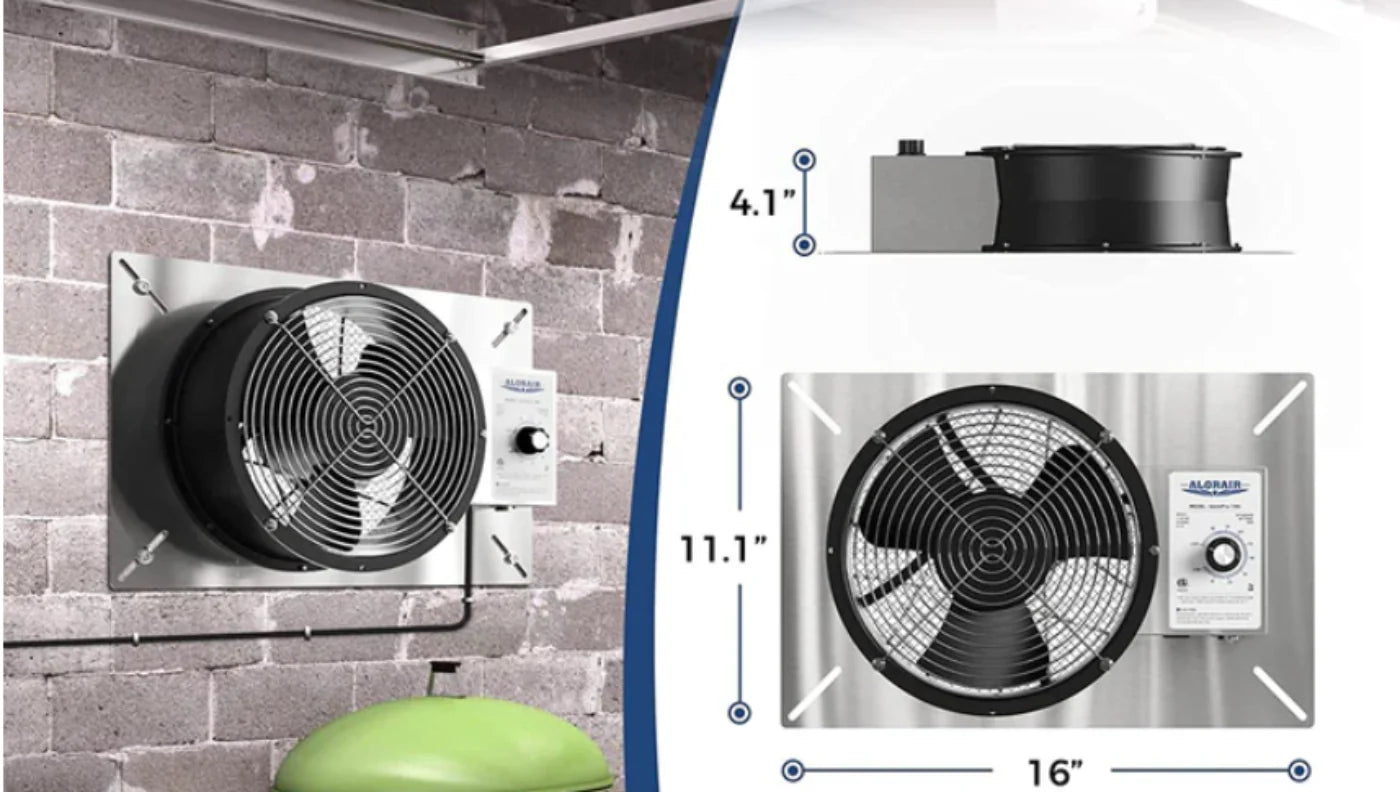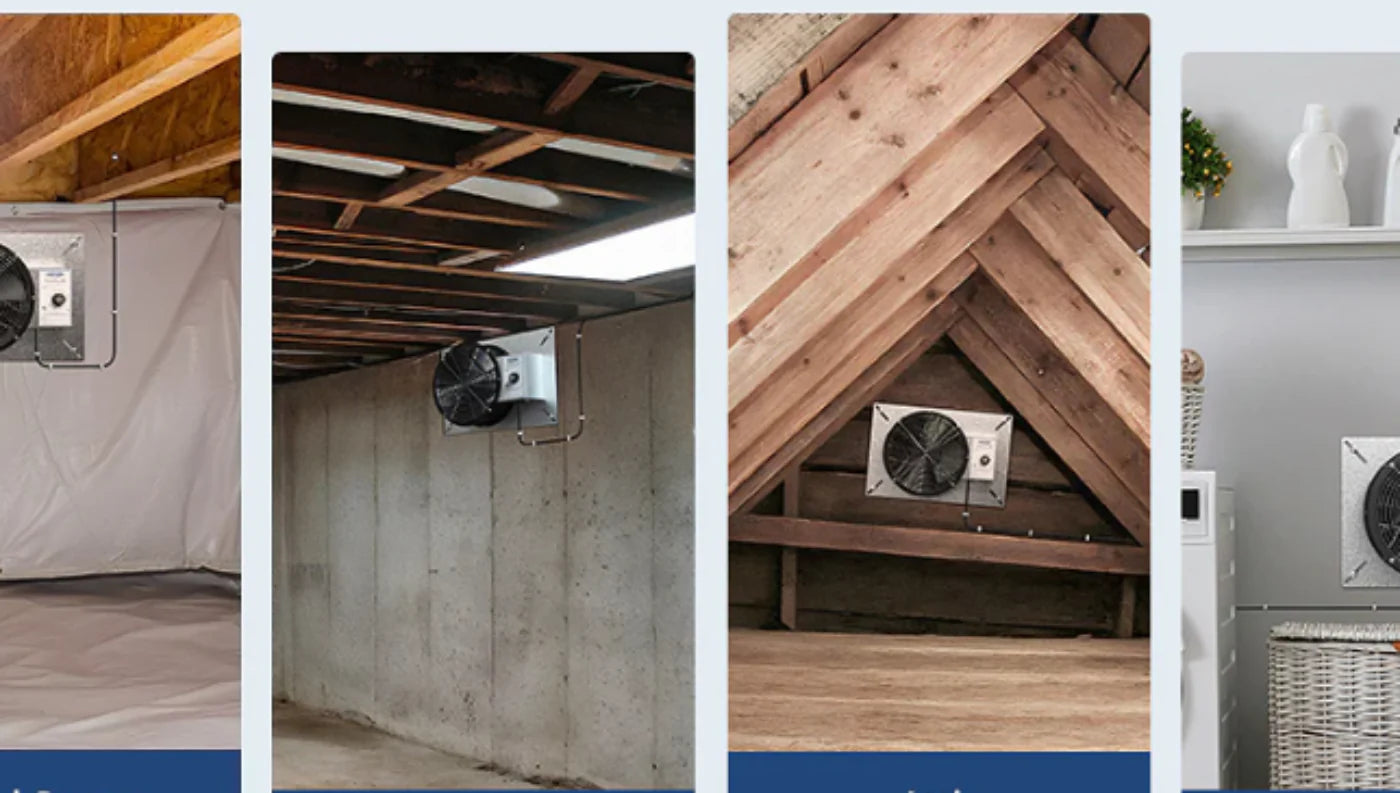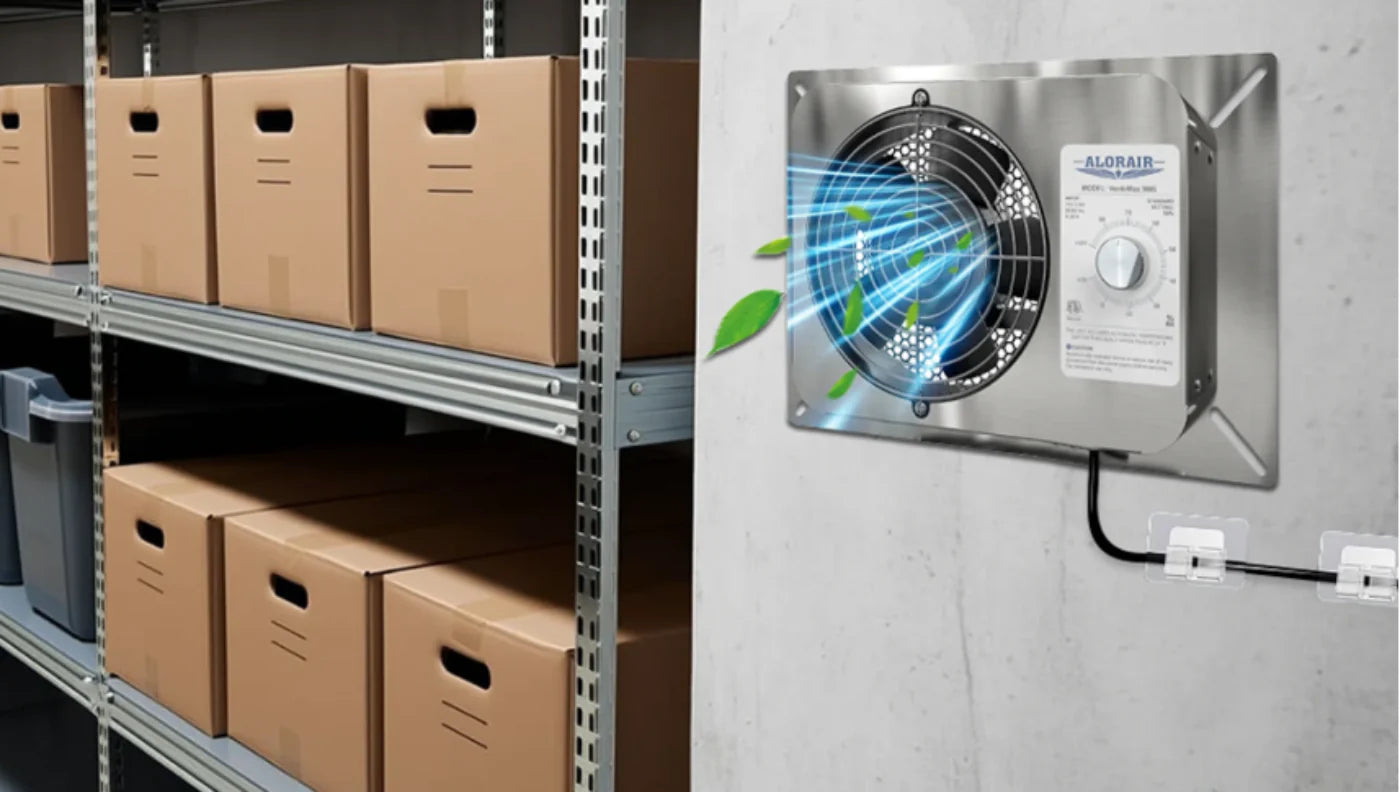A dehumidifier extracts excessive moisture from indoor air, enhancing comfort and helping avoid mold buildup. Operating it at the correct time guarantees effectiveness and saves energy. When to run a dehumidifier depends on humidity levels, room usage, and season. Today’s post describes the perfect times and scenarios for dehumidifier use, assisting you in keeping healthy, dry indoor air without misusing resources.
When to Run a Dehumidifier?
For anyone wondering when to run a dehumidifier, the brief answer is: anytime when RH (relative humidity) goes beyond 50%. Prolonged contact with excessive dampness reduces indoor air quality and harms home interiors. The correct timing enhances air comfort while saving electricity.
Best Time of Day
-
Early Morning: Low temperatures mostly catch humidity indoors, particularly in basements.
-
Late Evening: After day-to-day tasks such as bathing and cooking, dampness in the air might increase.
-
Off-Peak Electricity hours: Operating a dehumidifier during low-demand times lowers electricity prices.
An awareness of when to use a dehumidifier rests on regional climate and room function. Irrespective of time, keep track of RH and switch on the unit as required.
Seasonal Considerations
When to use a dehumidifier, winter or summer? Below is the detail:
-
Winter: In badly insulated regions, hot indoor air encounters cold surfaces, producing precipitation. So, run a dehumidifier to lower the water rise and mold.
-
Summer: Increased temperatures and humidity levels require routine usage. Utilize dehumidifiers to sustain indoor RH under 50%.
-
Spring: Heavy rainfalls and hot conditions foster basement humidity, and a dehumidifier aids in preventing mold during this shift.
-
Fall: Crawlspaces and basements gather moisture as temperatures lower. Operating a dehumidifier helps keep dry, mold-free situations.
Thus, when to use a dehumidifier, winter or summer? The answer is both, when humidity levels remain over the safe range.
Room‑by‑Room Breakdown
-
Basement & Crawlspace: These places confine moisture because of bad ventilation. Adjust the unit to auto or constant mode for nonstop protection.
-
Living Areas & Bedrooms: When to use dehumidifier in bedroom? Operate the dehumidifier when signs of humidity show, specifically if walls, mattresses, or air feel moist.
-
Bathroom & Kitchen: Run the dehumidifier after dishwashing, cooking, or showering to clear away extra humidity.
How to Know When Do You Need a Dehumidifier?
Indoor humidity often increases silently. When do you need a dehumidifier? The signals that you require a dehumidifier are the signals of excessive humidity. Here are the common indicators:
-
Damp smells: Constant earthly odors mostly indicate mold or mildew activated by increased humidity.
-
Moisture on windows: Condensation within windows signals that indoor air carries additional humidity.

-
Musty spots on carpets or walls: Water buildup promotes bacteria, mold, and property damage.
-
Evident mold growth: Mold emerging on ceilings, walls, or fabric surfaces is a powerful sign of increased humidity.
-
Allergy symptoms indoors: Mold germs and dander grow in humid conditions, worsening asthma and allergies.
Indoor humidity levels impact the ease level and must be kept within the endorsed range to avoid issues. As stated by the Environmental Protection Agency (EPA), the ideal indoor humidity runs between 30% to 50%.
Also, according to the American Society of Heating, Refrigeration, Heating, and Air Conditioning Engineers (ASHRAE), indoor humidity over 60% is regarded as high. That said, when RH exceeds 50%, it’s time to turn on your dehumidifier.
How Does a Dehumidifier Work?
A dehumidifier works by pulling in damp air, chilling it to liquify water, then reheating and discharging dry air. They contain a fan that spreads air above a coil or desiccant and drains water through an integrated pump or tank. Besides, several models involve auto-defrost and humidstats to enhance efficiency.
The two main kinds are:
Refrigerant (compressor) dehumidifiers
Refrigerant units utilize a cold coil to condense moisture and are most beneficial in hot, damp conditions. Typically, they increase the room temperature by roughly 3 °F and provide about 1.3 L of water extraction each kWh, with high-end LGR models eliminating up to 3.6 L/kWh.
Desiccant dehumidifiers
These units utilize a moisture-absorbing substance such as silica gel. They run better at lower temperatures; however, they use more electricity and excel in crawl spaces and colder regions. Besides, portable and whole-house dehumidifiers function in the same manner.
How to Choose the Right Dehumidifier for the Job?
Picking a dehumidifier is based on humidity levels, room size, and operating conditions.
|
Application |
Recommended Type |
Key Features |
|
Crawl space |
Desiccant dehumidifier |
Low-clearance, operates in cool temps |
|
Basement or a large area |
Commercial/High-capacity |
20–30 L/day, humidistat, auto drain |
|
Living areas or bedrooms |
Portable refrigerant |
Quiet operation, ENERGY STAR certified |
|
Whole home |
Smart Wi‑Fi model |
Remote control, automated scheduling |
Aloraircrawlspace provides all these solutions. Our dehumidifiers involve built-in pumps, smart control, and dependable humidity control, ideal for both yearly and seasonal dehumidifier usage.

How Long Should You Run a Dehumidifier Daily?
How long should a dehumidifier run per day? The ideal dehumidifier runtime relies on indoor moisture levels and environmental factors.
The U.S. Department of Energy study proposes that operating a dehumidifier for 8 to 12 hours every day keeps optimal indoor relative humidity between 40%-50% under mild conditions.
But, in excessive humidity areas or during flooding restoration, professionals advise continual running (24/7) till the impacted space stabilizes. For instance, basements and crawl spaces with consistent humidity often need prolonged use.
|
Relative Humidity (%) |
Suggested Runtime |
|
30–50% |
Off or occasional use |
|
50–60% |
8–12 hours/day |
|
60–70%+ |
24/7 (auto mode preferred) |
Final Tips for Smart Usage
Upgrading dehumidifier usage improves relief and saves energy. Stick to these steps:
-
Combine with air circulation tools: Use exhaust fans or ceiling fans in combination with your dehumidifier to improve airflow and quicken moisture clear-out.
-
Position centrally: Place the dehumidifier in the centre of the room, far from the walls to confirm air intake and spread.
-
Keep doors and windows locked: Stopping up outdoor dampness increases efficiency.
-
Clean filters routinely: A blocked filter lowers air exchange and boosts runtime. So, inspect your dehumidifier’s filter monthly.
Conclusion
So, when to run a dehumidifier? Run it every day when RH goes beyond 50% and use it consistently in constantly humid areas such as crawl spaces and basements. Overnight usage is efficient with automatic shutdown and defrost features, specifically when dampness is excessive. Generally, routine runtime falls between 8-12 hours; howeve,r continual operation is ideal while flood recovery or persistent humidity.




